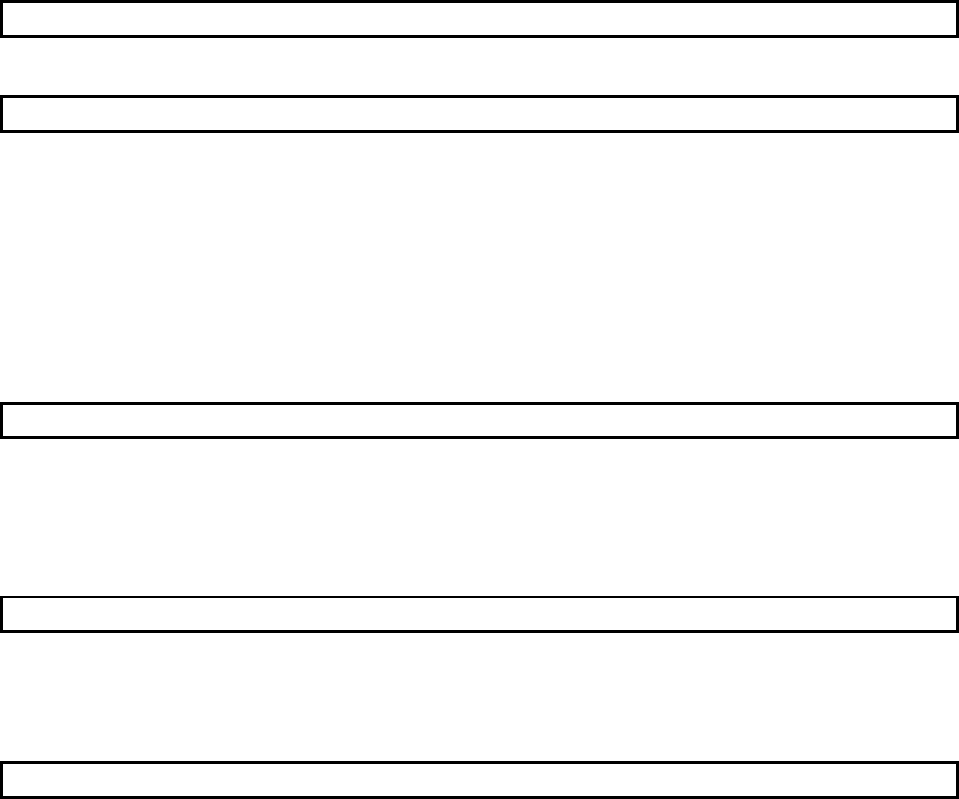
3
7.3 Gain Adjustment by Auto Tuning 7- 5
7.3.1 Adjustment method 7- 5
7.3.2 Valid conditions 7- 5
7.4 Manual Gain Adjustment 7- 6
7.4.1 When machine rigidity is low 7- 6
7.4.2 When the machine vibrates due to machine resonance frequency 7- 7
7.4.3 Load inertia moment is 20 or more times 7- 8
7.4.4 When shortening the settling time 7- 9
7.4.5 When the same gain is used for two or more axes 7- 10
7.5 Slight Vibration Suppression Control 7- 10
8. INSPECTION 8- 1
9. TROUBLESHOOTING 9- 1 to 9- 11
9.1 Trouble at Start-Up 9- 1
9.1.1 Position control mode 9- 1
9.1.2 Speed control mode 9- 4
9.1.3 Torque control mode 9- 5
9.2 When Alarm or Warning Has Occurred 9- 6
9.2.1 Alarms and Warning list 9- 6
9.2.2 Remedies for alarms 9- 7
9.2.3 Remedies for Warnings 9- 11
10. SPECIFICATIONS 10- 1 to 10- 4
10.1 Servo Amplifier Standard Specifications 10- 1
10.2 Outline Dimension Drawings 10- 2
10.2.1 Servo amplifiers 10- 2
10.2.2 Connectors 10- 3
11. CHARACTERISTICS 11- 1 to 11- 3
11.1 Overload Protection Characteristics 11- 1
11.2 Dynamic Brake Characteristics 11- 2
11.3 Encoder Cable Flexing Life 11- 3
12. OPTIONS AND AUXILIARY EQUIPMENT 12- 1 to 12- 14
12.1 Options 12- 1
12.1.1 Cables and connectors 12- 1
12.1.2 Junction terminal block (MR-TB20) 12- 6
12.1.3 Servo configurations software 12- 8
12.2 Auxiliary Equipment 12- 10
12.2.1 Recommended wires 12- 10
12.2.2 Circuit protector 12- 10


















